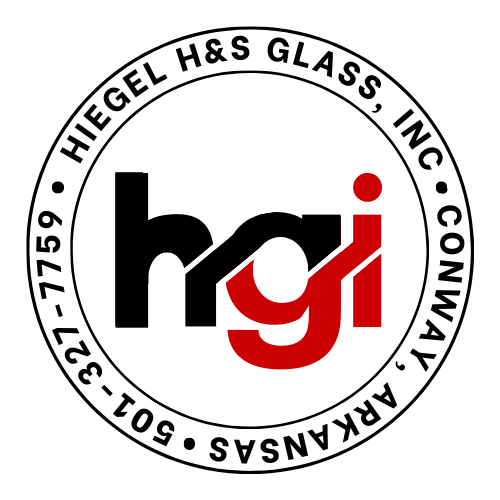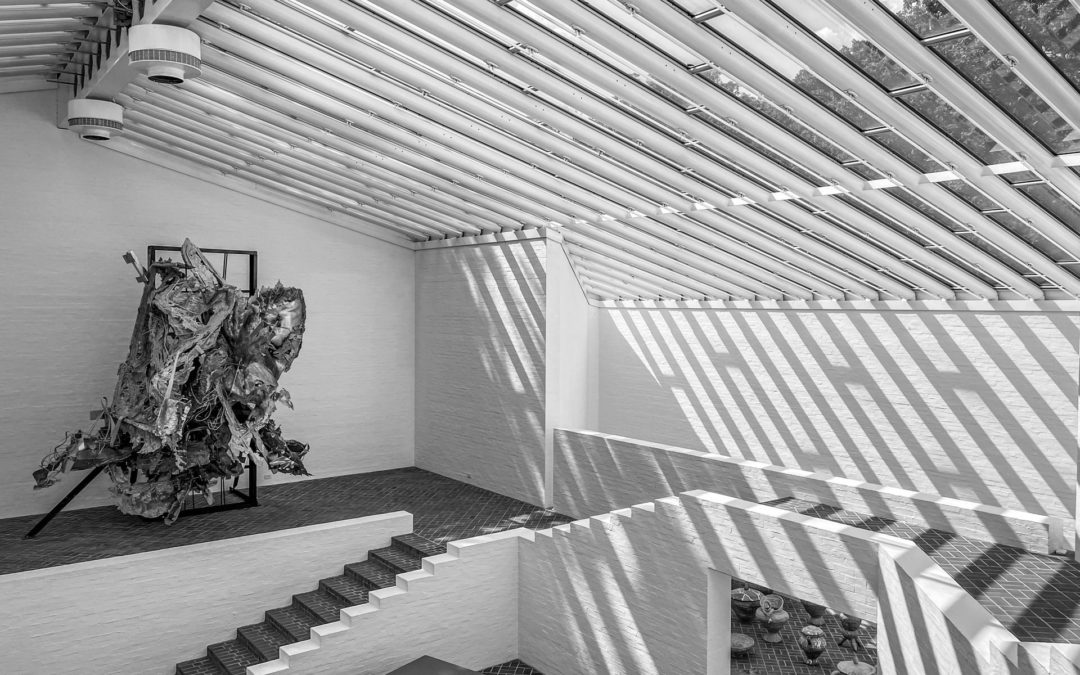Whether you’re a homeowner or a business owner, investing in safety glass is an important decision; this can help put a barrier up to protect your home from strong winds and home invasions. Two of the most popular forms of safety glass are tempered and laminated glass. Let’s keep reading to learn more about the advantages and disadvantages of both laminated and tempered glass!
What is Laminated Glass?
Laminated glass is a type of safety glass that is commonly used for things such as skylights, glass floors, and automobile windshields. It is composed of two or more glass panels joined together by a layer of either polyvinyl butyral (PVB) or plastic. The pressure and heat bond it together like a glass sandwich.
Blocking up to 97% of UV radiation, laminated glass is ideal to use for rooms that get a lot of sun. Laminated glass is also very energy efficient, as it can block unwanted heat from entering your home. Although originally designed for car windshields, laminated glass can be used for several things, including security glass, shower doors, windows, and partition walls.
Pros and Cons of Laminated Glass
There are several advantages of using laminated glass in your business or home. With laminated glass, you can customize whether you want it to be clear or tinted. One of the biggest benefits of laminated glass is that if it were to break, the broken glass pieces stay in place sticking to the plastic rather than falling to the floor. It also aids in the screening of UV radiation. Laminated glass is also beneficial for soundproofing.
As for the cons of laminated glass, if it is not properly installed, it can lead to a number of issues. It is best to have a professional install laminated glass. Another downside of laminated glass is that it is typically more expensive than tempered glass due to the materials involved and the complexity of the manufacturing process.
What is Tempered Glass?
Tempered glass is ordinary glass that goes through a heating and cooling procedure, also known as “tempering”. Heating the glass and cooling it immediately allows the outside of the glass to harden quicker than the center. This tempering process leaves the center in tension, resulting in the glass being on average 4 to 7 times stronger and more durable than ordinary glass.
Unlike laminated glass, tempered glass is just a single piece of glass. It is commonly used in phone or computer screens, skyscrapers, in-home appliances, mirrors and more.
Pros and Cons of Tempered Glass
Just like with laminated glass, there are pros and cons to using tempered glass in your home or business. Unlike laminated glass, tempered glass has more tensile strength, meaning that it can bend easier without breaking. However, if it were to break, tempered glass shatters into rounded cubes rather than shards of glass. Tempered glass is also extremely durable and can survive big storms and strong winds.
A disadvantage of tempered glass is that once the glass has been through the tempering process, it can no longer be cut and processed. Unlike laminated glass, tempered glass cannot be repaired. Tempered glass should also be installed by a professional.
Let Our Experts at Hiegel Glass Help You
When buying or replacing glass for your home or business, quality is top priority. Our team of professional glaziers can work with you to select the best fit for you and your budget. For expert glass installation and repairs for your residential or commercial needs, contact our team of professionals at Hiegel Glass today!


I am writing in reference to my 91 year old mother. She does have balance problem. Will this table be safe for her if, she does fall on it?
Thank you for your attention.
Sincerely,
Loreli Perona (daughter)